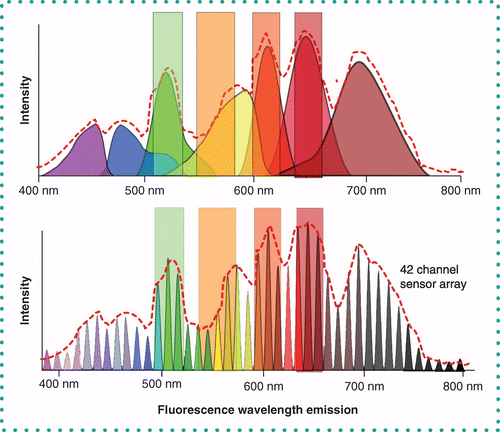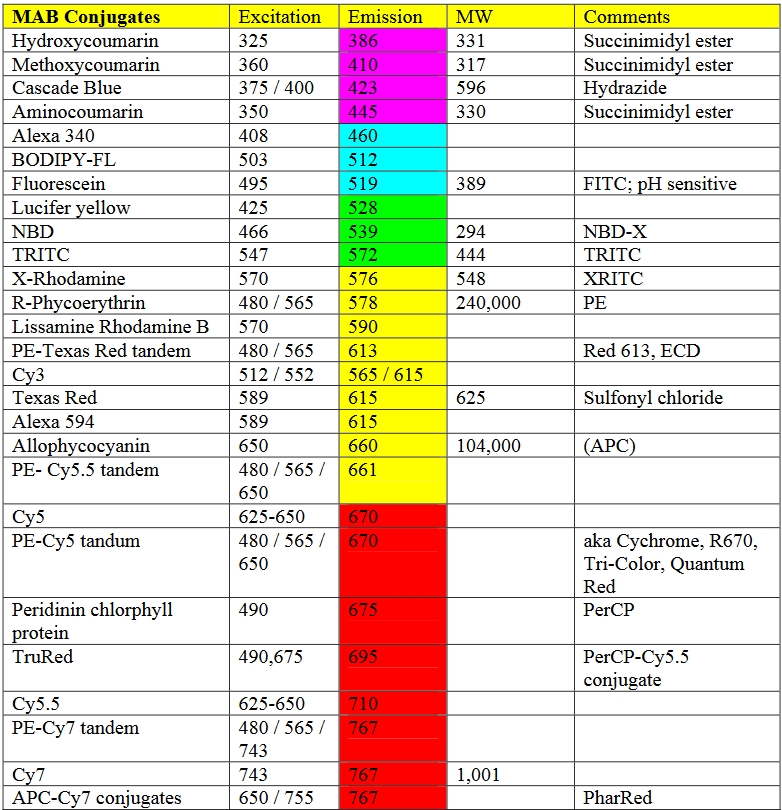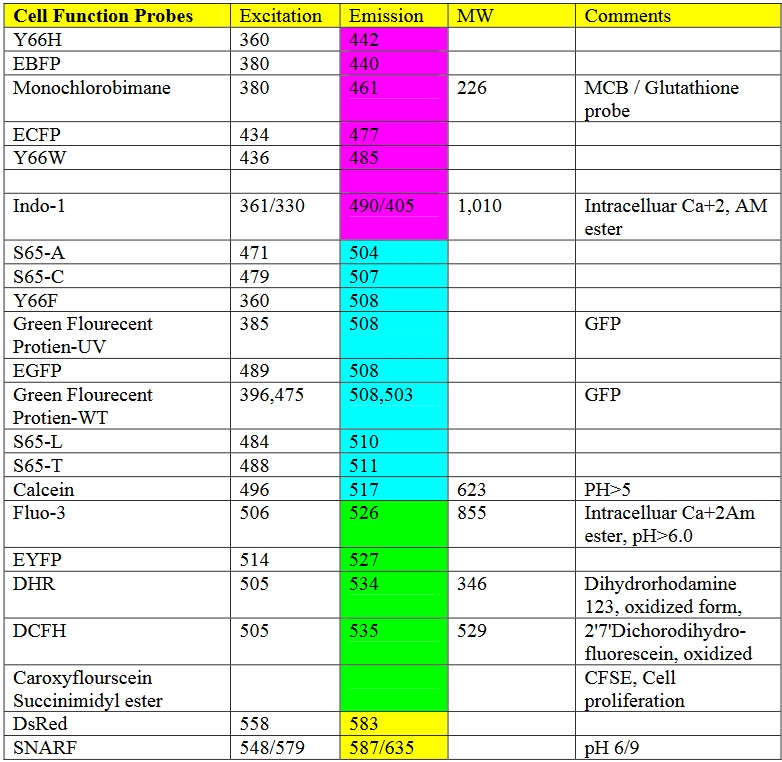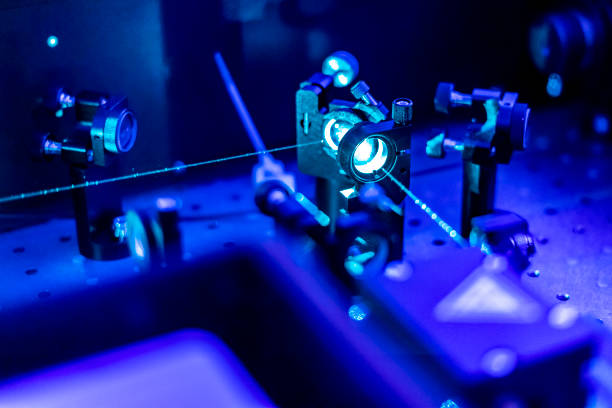Blog Post
How to Choose the Right Fluorochromes for Flow Cytometry: A Comprehensive Guide
Meta Description: “Master the art of selecting the perfect fluorochromes for your flow cytometry experiments. Dive into our detailed guide to make an informed decision.” Read our blog and get right fluorochromes flow cytometry.
Right Fluorochromes Flow Cytometry
Flow cytometry, a powerful tool in cell analysis, relies heavily on the use of fluorochromes. The right choice can spell the difference between clear, accurate results and a jumble of confusing data. Here’s your step-by-step guide on choosing the best fluorochromes for your experiments.
H2: Understand the Basics of Fluorochromes:
Before diving into selection, it’s essential to grasp the basics. Fluorochromes are substances that emit light upon excitation, enabling the detection of specific cell components in flow cytometry.
H2: Identify Your Detection Channels:
Flow cytometers can have multiple lasers and detection channels. Determine how many colors your machine can detect and the corresponding wavelengths. This will narrow down your fluorochrome choices.
H2: Consider Spectral Overlap:
One of the challenges in multi-color flow cytometry is spectral overlap. It’s where emissions from one fluorochrome are detected in another channel. To minimize this:
- Use fluorochromes with distinct emission spectra.
- Familiarize yourself with your cytometer’s spectral viewer tool.

H2: Prioritize Brightness:
Not all fluorochromes are created equal in terms of brightness. For low-abundance antigens, opt for brighter fluorochromes to ensure detectability.
H2: Factor in Stability and Affinity:
Some fluorochromes are more stable and have a higher binding affinity than others. For long experiments or when targeting weak antigens, these qualities are crucial. Fluorochromes are selected based on their abilities to right fluorochromes flow cytometry .
H2: Evaluate Your Sample Type:
Tissues and cells can have autofluorescence, which might interfere with detection. Choose fluorochromes that emit at wavelengths different from your sample’s autofluorescence.
H2: Stay Updated with New Fluorochromes:
The world of flow cytometry is always evolving. New fluorochromes are continually being developed, offering better stability, brightness, and specificity. Stay in the loop to make the most of your experiments.




